Banwaanon, meaning ‘of the forest’, are sometimes called Katsila from ‘Castilian’ (shortened to kastila) meaning Spaniard. They are said to have Caucasian features and coloring. The legend is
Read more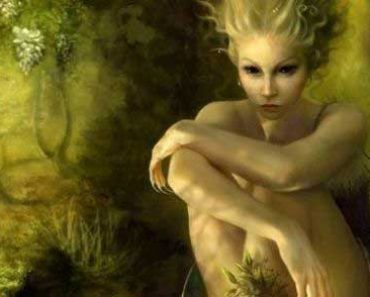
Mythology and beliefs from the various cultures of the Philippines. Please use the menu or search function to search for a specific ethnolinguistic group or deity.

Banwaanon, meaning ‘of the forest’, are sometimes called Katsila from ‘Castilian’ (shortened to kastila) meaning Spaniard. They are said to have Caucasian features and coloring. The legend is
Read more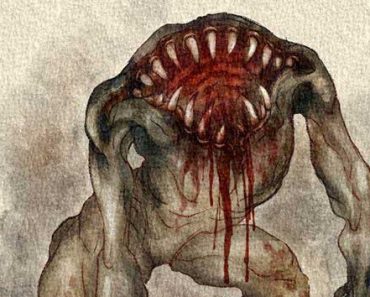
PUGOT MAMU Next to the aswang, the Pugot Mamu may be the most well-known Philippine boogeyman from the Pampanga region. It is a headless being, like
Read more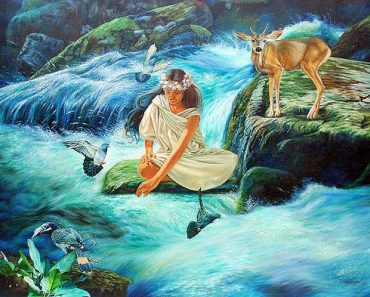
Mariang Sinukuan is the diwata, or mountain goddess, associated with Mount Arayat in Pampanga, Philippines, and is a prominent example of the mountain-goddess motif in Philippine
Read more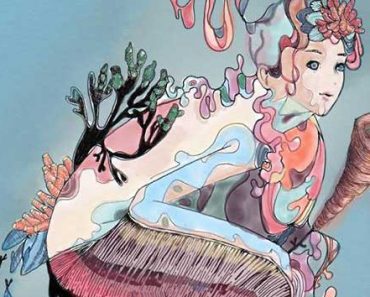
Bikolano myths paint the Magindara in extremes; they are either said to be guardian deities of Bikolano fishermen, or “aswang ng dagat” who will eat
Read more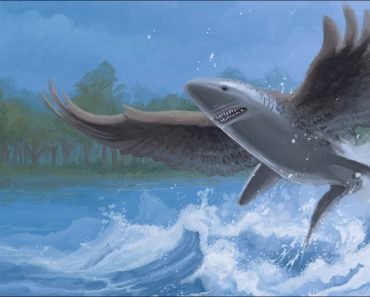
The Tiburones are said to be flying sharks, with razor sharp teeth, crushing jaws, and able to circle their prey from the air. ‘Tiburon’ is
Read more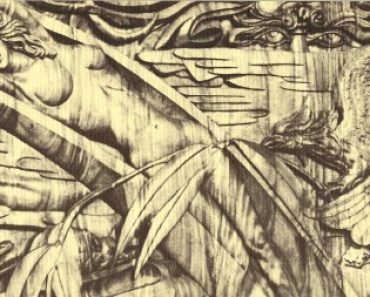
The Visayans are a Philippine ethnic group native to the whole Visayas, to the southernmost islands of Luzon and to most parts of Mindanao. They comprise
Read more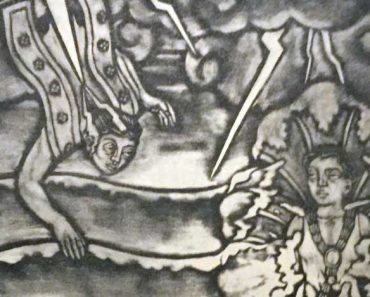
The Negrito are several ethnic groups who inhabit isolated parts of Southeast Asia. Their current populations include Andamanese peoples of the Andaman Islands, Semang peoples of
Read more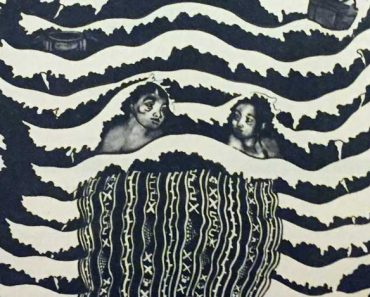
Igorot, or Cordillerans, is the collective name of several Austronesian ethnic groups in The Philippines, who inhabit the mountains of Luzon. “I shall mention chiefly
Read more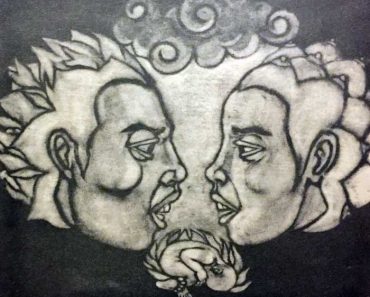
“The interior of Mindanao is occupied by some ten tribes, the most ‘important’ being the Manóbos, Mandayas, Atás, Bagóbos, Biláns, Tirurais, and Subánuns. These tribes are
Read more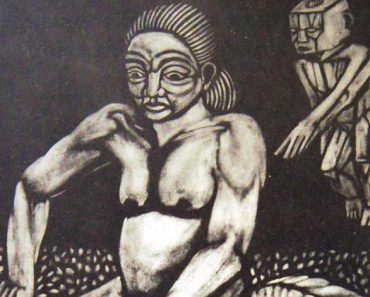
The Ifugao call themselves as i-pugao or “inhabitants of the known earth”; other variations of the name are Ifugaw, Ipugao, and Yfugao. They live primarily
Read more
